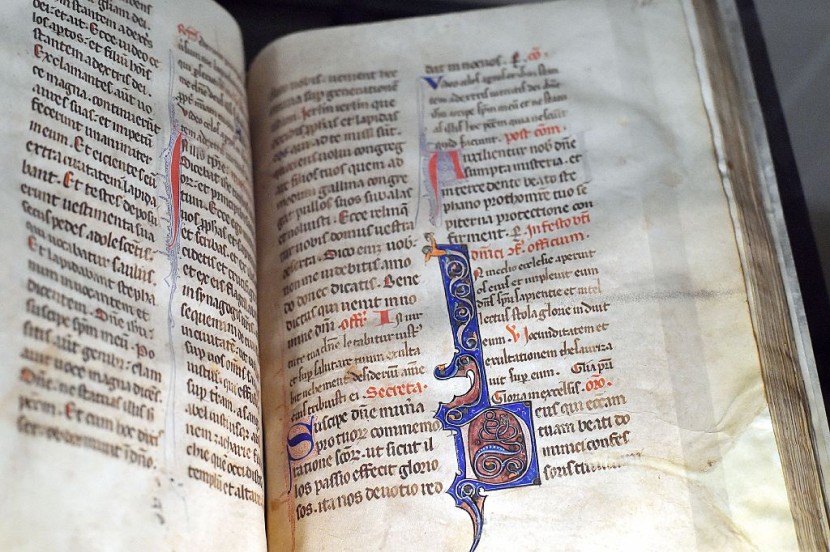
After being hidden for centuries, a lost medieval star chart was found intact in St Catherine's Monastery on Egypt's the Sinai Peninsula. The map is the star catalog of Hipparchus and is the first record to document the existing night sky.
Star Chart Discovered on Old Parchment
A student of eminent biblical scholar Peter Williams at the University of Cambridge made a surprising discovery while examining a Christian text, reported Science Alert.
Jamie Klair, a student, came across a well-known Greek passage credited to Eratosthenes, an astronomer and the chief librarian of the Library of Alexandria. In 2017, an investigation of a document with nine pages of foil was thought to be written over. Scholars say that re-using an ordinary parchment, noted Nature.
Williams was examining the pages during the pandemic and came upon odd numbers from the St. Catherine's Monastery folios. He passed off the suspected pages to a French scientific historian, and researchers were surprised. Historian Victor Gysembergh contacted the French national scientific research center CNRS in Paris and informed Jo Marchant that the coordinates were star coordinates.
Greek Astronomer Recorded the Coordinates
Who the author of the star chart is unclear, but Hipparchus, a Greek astronomer, had been mapping the western sky between 162 and 127 BCE.
In a few ancient writings, Hipparchus is referred to as the father of astronomy and is credited with discovering the precession of the planetary axis. Another achievement was the first mathematical calculation of the Earth's and Moon's relative orbits.
Analyzing the lost medieval star chart in the codex of St. Catherine's Monastery parchments located in the Sinai Peninsula, the exact position of the precession was found. These numbers showing the relative points of stars in the night sky were traced back to 129 BCE, all in the lifetime of Hipparchus, citing the Archaeologist.
Before its relevant discovery, another star catalog by astronomer Claudius Ptolemy of the 2nd century AD, about three centuries after Hipparchus died.
The Corona Borealis is the only constellation that can be taken from the collection in Egypt, but scholars think the mapping was finished. I guess work with no telescope was hard to do.
These numbers correlate to terms from classical Greek. The term "length" is based on the East-West extension of a cluster, whereas "breadth" explains the North-South expansion of the cluster.
Hipparchus' Work Compared to Ptolemy
Like Ptolemy's later work, Hipparchus' arithmetic seemed far more dependable, within one degree of what contemporary astronomers might later find. This implies Ptolemy did not just duplicate Hipparchus' work.
Another document, the Latin transcription of Hipparchus' Phenomena from the eighth century AD, seems identical in form and language to the passage on the Corona Borealis, suggesting perhaps it too was inspired by Hipparchus. This text mentions the Ursa Major, Ursa Minor, and Draco, which correspond to the comments of Hipparchus.
One conclusion is the first cartographer of the stars wrote the coordinates mentioned in the Egyptian codex. Mathieu Ossendrijver, a historian of astronomy at the Free University of Berlin, adds the fragment mentioned is proof that Hipparchus was correct.
This lost medieval star chart that is supposed to be the work of Hipparchus hidden in the St. Catherine's Monastery in the Sinai Peninsula is the start of more finds.









